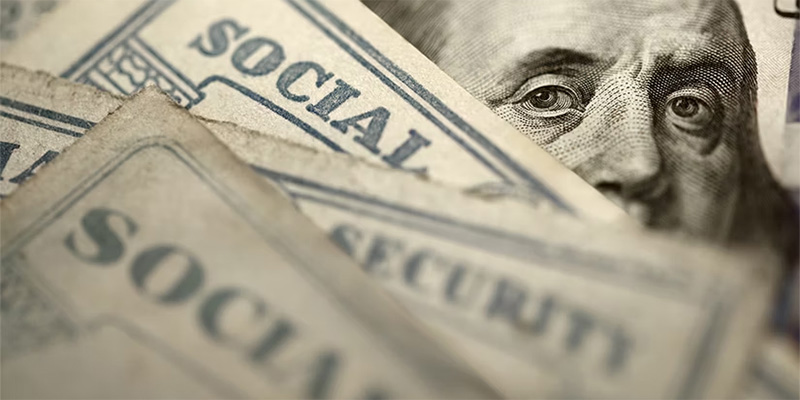
When to Take Social Security Benefits
Claiming Social Security benefits at age 62 is a huge mistake. Do not take Social Security at age 62.

Avoid Stupid Decisions—Set It and Forget It
As you approach retirement, the pressure to create a strong portfolio that will support you during your golden years can be overwhelming. It's natural to feel terrified at the thought of making a wrong move with your investments, considering what's at stake.
Gone are the days when the advice to "just buy a couple of index funds" is enough. There's more to consider now, such as how to allocate your investments in the face of market crashes, global pandemics, and rising interest rates.
That's why, if you're serious about safeguarding your long-term wealth and financial stability, you need a portfolio that's well-diversified, balanced for risk, and resilient against market fluctuations… no matter what challenges arise.
Volatility makes people make stupid decisions, but a well-diversified portfolio can help you remove the stress of investing without having to worry about the news cycle and frequent trading.
I believe in "set it and forget it" investing. A long-term investing strategy pivots only when necessary. And ultimately, it provides peace of mind.
How Can You Best Diversify?
Well, you can achieve diversification by leveraging one of the greatest financial innovations of the last 100 years: the exchange-traded fund (ETF).
ETFs burst onto the scene in the early '90s and have since transformed the way people invest for the long term. I like them for their affordability, profit potential, and versatility.
Now, you might be wondering, “Aren't ETFs just another name for index funds?” The answer is a resounding “No!”
ETFs offer five distinct and powerful benefits to you as an investor:
-
ETFs have a lower cost of entry, making them affordable.
-
You can buy and sell ETFs at any time, just like stocks. Index funds, on the other hand, can only be sold at the end of the day, which limits your flexibility, especially during bear markets.
-
ETFs offer greater tax efficiency compared to both index funds and actively managed mutual funds.
-
The unique structure of ETFs allows you to maximize returns while minimizing long-term volatility. This is crucial because nobody should lie awake at night worrying about their portfolio taking a massive hit. You deserve a portfolio you can trust to perform well, even when the overall market experiences turbulence.
-
ETFs are the ideal tool for achieving diversification. They cover a wide range of asset classes, including commodities, real estate, foreign currencies, equities, bonds, and credit. By building an ETF-based portfolio, you can achieve true diversification without any overlap.
My Strategic Portfolio
In my actively managed Strategic Portfolio, my focus is on finding cost-effective ETF investments that offer the highest profit potential.
In other words, they won't cost you much, but they have the potential to deliver substantial returns. That's precisely what you want when constructing your long-term core portfolio.
Investing often feels like riding a roller coaster, with the market constantly going up and down, causing everyone to feel queasy. But it doesn't have to be that way.
That’s where the Strategic Portfolio comes in…
It takes away the stress of investing and gives you the information you need to build and maintain your own retirement portfolio.
Click here if you’re interested in giving it a try.

Jared Dillian
|

No Savings at 50? Your Ticket to a Comfortable Retirement
So, you've made a huge mistake. Gone are your 20s, 30s, and 40s. You're, say, 50, and staring down the barrel—you haven't saved any money for retirement.

Your Middle-of-the-Road Debt Solution
When it comes to debt, I try to avoid being one of those guys who screams, “Cut up all your credit cards!”
